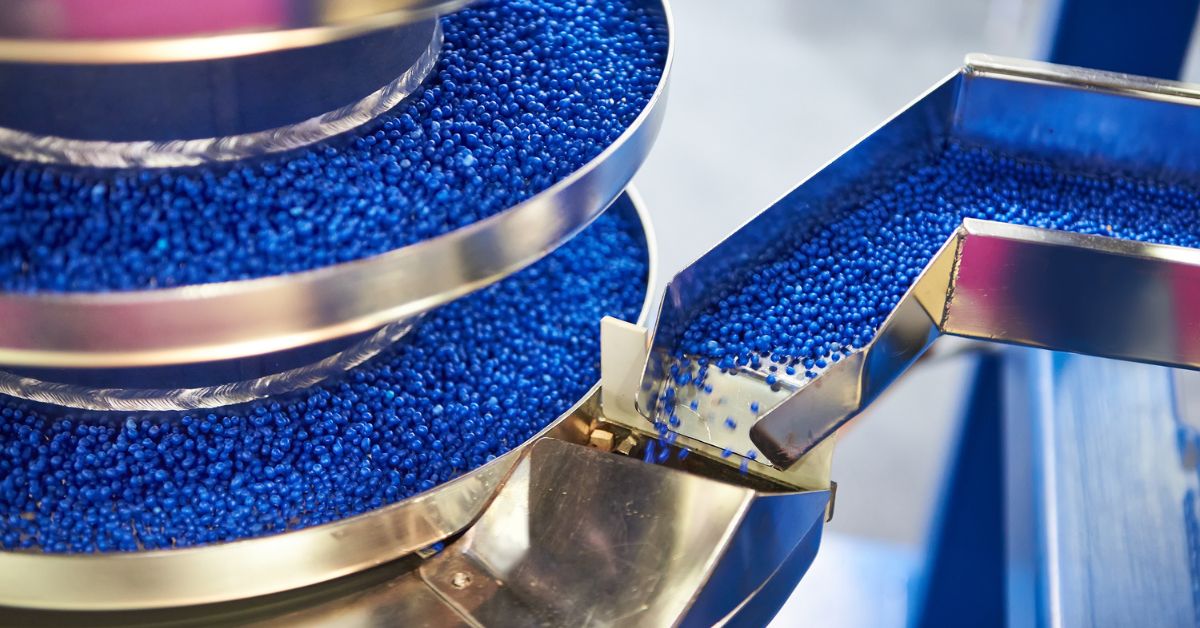The Evolution of Automation in Plastic Manufacturing

The plastic manufacturing industry has witnessed a transformative journey over the past few decades, spurred by rapid advancements in automation technology. Gone are the days when production relied solely on manual labor and rudimentary machinery. Today, cutting-edge robotics, sophisticated software systems, and innovative production techniques streamline operations, increasing efficiency and reducing error margins. As manufacturers seek to meet the growing demand for high-quality plastic products, automation has become the driving force behind enhancing productivity and delivering consistent results. Read on to learn more about the evolution of automation in plastic manufacturing.
Plastic Manufacturing Pre-Automation
Before the advent of automation, plastic manufacturing was heavily reliant on manual labor. Workers operated basic machinery and performed repetitive tasks, such as molding, cutting, and finishing plastic components. Each stage in the production process required human intervention, making it labor-intensive and time-consuming. This emphasis on manual processes limited the speed and efficiency of production lines, often resulting in inconsistencies in product quality.
Manufacturing plastic products without automation posed several challenges, such as maintaining uniformity and managing large-scale production demands. Workers had to possess significant skill and experience to ensure products met the required specifications. Quality control depended on meticulous inspections and adjustments by human operators. Equipment breakdowns or human errors further exacerbated production delays and increased the likelihood of defective products. Despite these hurdles, early plastic manufacturing laid the foundation for the innovations and technological advancements that would later revolutionize the industry.
The Origins of Automated Manufacturing
Early automation efforts involved the use of programmable logic controllers (PLCs) and rudimentary robotic systems to manage specific operations, such as injection molding and assembly. These advancements allowed for consistent production speeds, enhanced precision, and reduced dependence on manual labor. Additionally, automated quality control systems began to emerge, employing sensors and cameras to detect defects and ensure consistency in product quality. The shift to automated manufacturing paved the way for subsequent innovations that continue to shape the industry today.
Plastics and Automation: Manufacturing of the Future
As we look toward the future of plastic automation, the industry is poised to harness the potential of cutting-edge technologies such as artificial intelligence (AI), machine learning, and the Internet of Things (IoT). These advancements promise to optimize production processes further, enabling real-time data analysis and predictive maintenance to minimize downtime and enhance efficiency. Smart factories, where interconnected systems communicate seamlessly, will become the norm, allowing for greater flexibility and customization in manufacturing. Additionally, sustainable practices that take advantage of the qualities of reliable electric motors and integrate recycled materials will be prioritized, aligning with global efforts to reduce environmental impact. Ultimately, the future of plastic automation will be characterized by intelligent systems that drive innovation, sustainability, and superior product quality.
From its humble beginnings steeped in manual labor to the sophisticated and intelligent systems of today, the evolution of automation in plastic manufacturing has dramatically transformed the industry.





